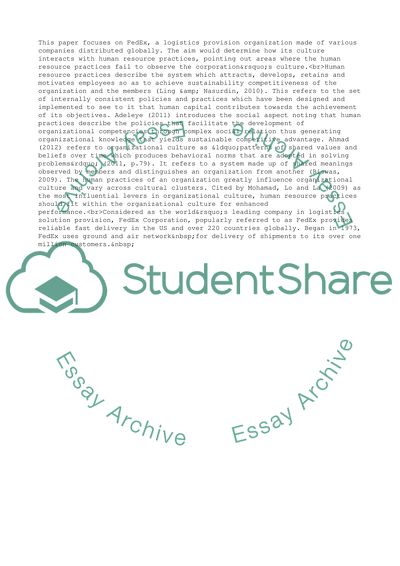Cite this document
(Human Resource Practices at FedEx in the Business Environment Assignment, n.d.)
Human Resource Practices at FedEx in the Business Environment Assignment. Retrieved from https://studentshare.org/business/1788107-human-resources-practices
Human Resource Practices at FedEx in the Business Environment Assignment. Retrieved from https://studentshare.org/business/1788107-human-resources-practices
(Human Resource Practices at FedEx in the Business Environment Assignment)
Human Resource Practices at FedEx in the Business Environment Assignment. https://studentshare.org/business/1788107-human-resources-practices.
Human Resource Practices at FedEx in the Business Environment Assignment. https://studentshare.org/business/1788107-human-resources-practices.
“Human Resource Practices at FedEx in the Business Environment Assignment”, n.d. https://studentshare.org/business/1788107-human-resources-practices.


